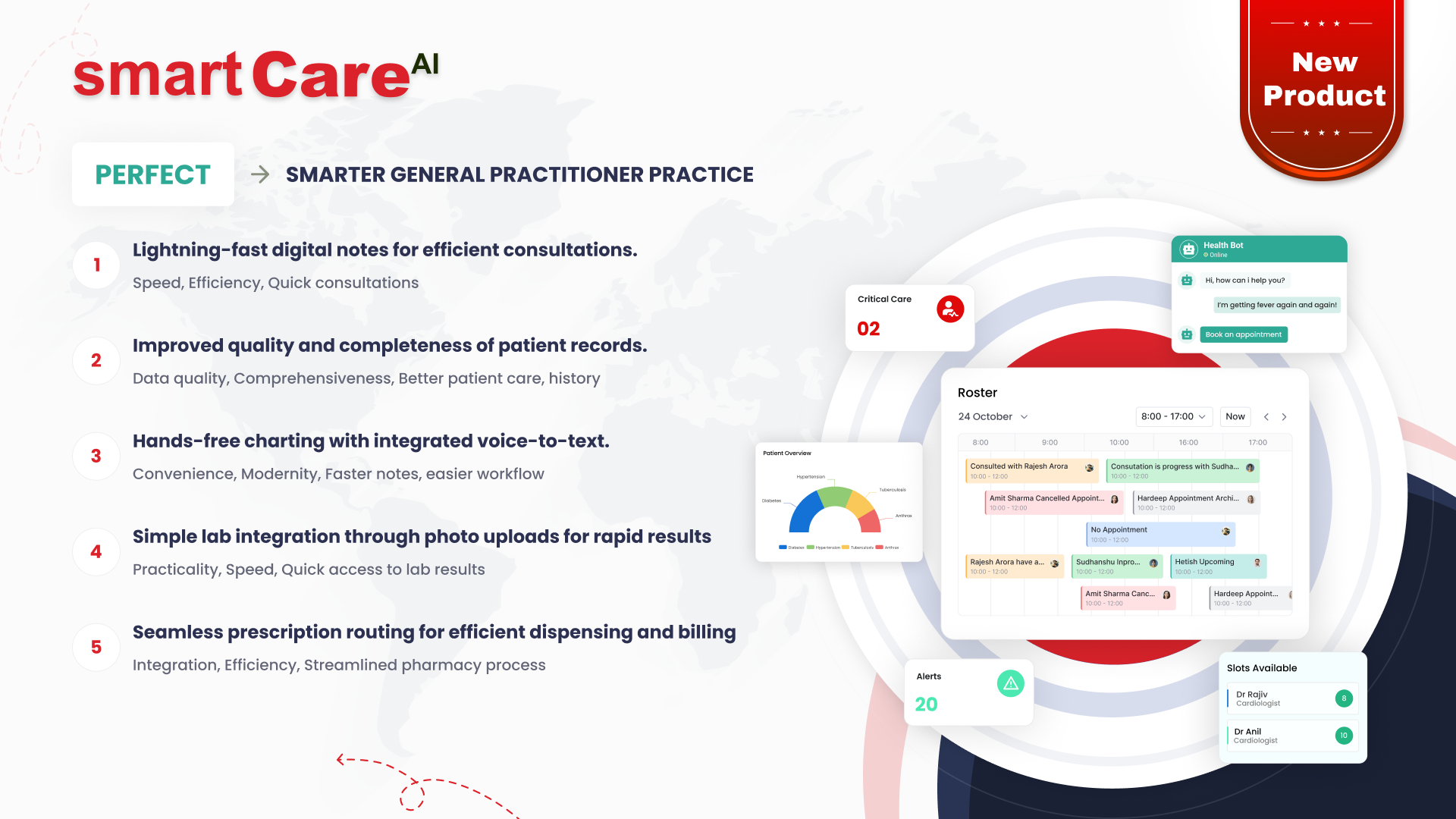
Posted On October 21, 2024
Why Healthcare IT Providers are Vital for Seamless Interoperability
Understanding Healthcare Interoperability: A Primer
Healthcare interoperability refers to the ability of different healthcare systems and applications to exchange and use data seamlessly. It ensures that medical information is accessible, regardless of where it is stored or how it is processed. This capability is crucial for providing coordinated and efficient patient care, as it allows healthcare professionals to make informed decisions based on comprehensive data.
The Role of Healthcare IT Providers in Data Integration
Healthcare IT providers play a critical role in achieving interoperability by developing and implementing technologies that facilitate data integration. They create systems that connect various healthcare applications, enabling the smooth transfer of information. This integration helps in consolidating patient records, lab results, and treatment histories, making them readily available to healthcare providers.
How IT Solutions Enhance Communication Between Systems
Effective communication between healthcare systems is essential for ensuring that all parties involved in patient care are informed. Healthcare IT solutions bridge the gaps between disparate systems, allowing for real-time data sharing. This not only improves efficiency but also minimizes the risk of errors caused by miscommunication, ultimately enhancing patient safety.
Benefits of Seamless Data Exchange in Patient Care
The seamless exchange of data leads to numerous benefits in patient care. It enables healthcare providers to access complete patient histories, which is vital for accurate diagnoses and treatment plans. Moreover, timely access to information can expedite decision-making processes, resulting in quicker interventions and improved health outcomes for patients.
Challenges in Achieving Interoperability Without IT Support
Without the support of healthcare IT providers, achieving interoperability becomes increasingly challenging. Many healthcare organizations still rely on outdated systems that lack the capability to share data effectively. This can lead to fragmented patient information, causing delays in care and increasing the potential for medical errors. Furthermore, navigating the complexities of regulations and standards can overwhelm healthcare staff without specialized IT expertise.

Key Features to Look for in Healthcare IT Solutions
When selecting healthcare IT solutions, several key features ensure effective interoperability. Look for systems that support standard data formats like HL7 and FHIR, as these facilitate seamless communication between different platforms. Integration capabilities are crucial; ensure the solution can connect with various electronic health records (EHR) and other healthcare systems. Usability is also important; the system should be user-friendly and intuitive to minimize training time. Finally, consider scalability to ensure the solution can grow with your organization.
Case Studies: Successful Interoperability Implementations
Several healthcare organizations have successfully implemented interoperable IT systems, showcasing the benefits of seamless data exchange. For example, a regional health network in the UK integrated its various EHR systems, resulting in improved patient care and reduced administrative burdens. Similarly, a large hospital group in the US adopted a unified platform for patient data, which streamlined workflows and enhanced coordination among care teams. These case studies highlight how effective interoperability leads to better health outcomes and operational efficiency.
The Impact of Effective Interoperability on Patient Outcomes
Effective interoperability significantly impacts patient outcomes by ensuring that all relevant health information is accessible to healthcare providers. This leads to more accurate diagnoses, timely treatments, and coordinated care. Patients benefit from fewer redundant tests and procedures, as their health data is readily available across different care settings. Additionally, seamless data exchange helps in managing chronic conditions more effectively by providing a comprehensive view of patient health over time.
Data Security and Privacy in Interoperable Systems
Data security and privacy are paramount in interoperable healthcare systems. Ensuring that patient data is protected requires robust security measures such as encryption, secure access controls, and regular audits. Compliance with regulations like GDPR and HIPAA is essential to safeguard sensitive information. IT providers must implement stringent security protocols to prevent unauthorized access and breaches, maintaining patient trust and confidentiality.
Future Trends in Healthcare IT and Interoperability
The future of healthcare IT will see continued advancements in interoperability. Emerging technologies such as artificial intelligence (AI) and blockchain are expected to enhance data integration and security further. AI can assist in data analysis and predictive analytics, while blockchain may provide additional layers of data integrity and security. As technology evolves, healthcare IT solutions will increasingly focus on improving patient outcomes and streamlining healthcare delivery through better data connectivity.
Conclusion
Healthcare IT providers play a crucial role in achieving seamless interoperability. By offering key features like standard data formats, integration capabilities, and robust security measures, they enable effective data exchange that enhances patient care. Successful implementations demonstrate the significant benefits of interoperable systems, including improved patient outcomes and operational efficiency. As technology continues to advance, healthcare IT will remain essential in shaping the future of healthcare delivery.
